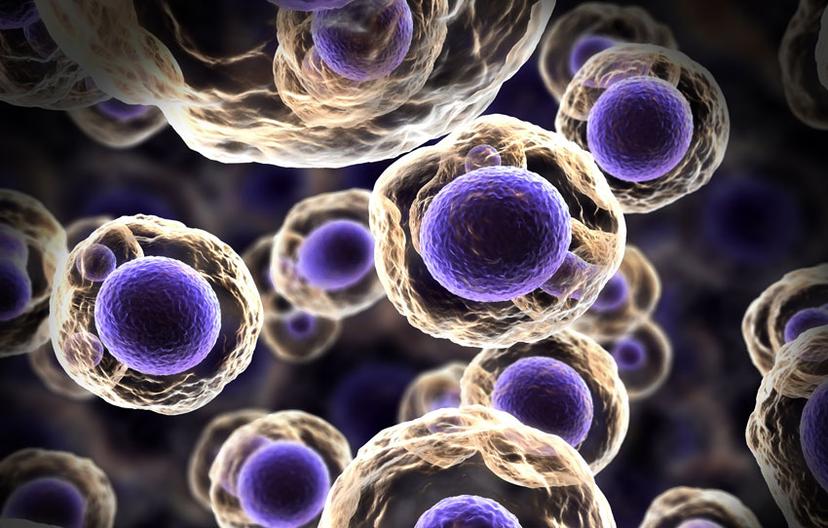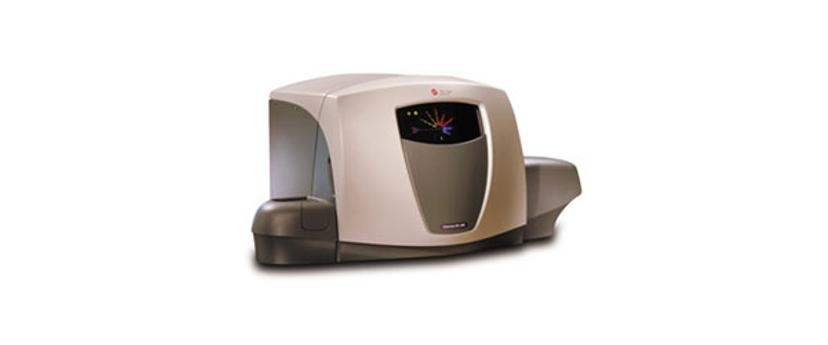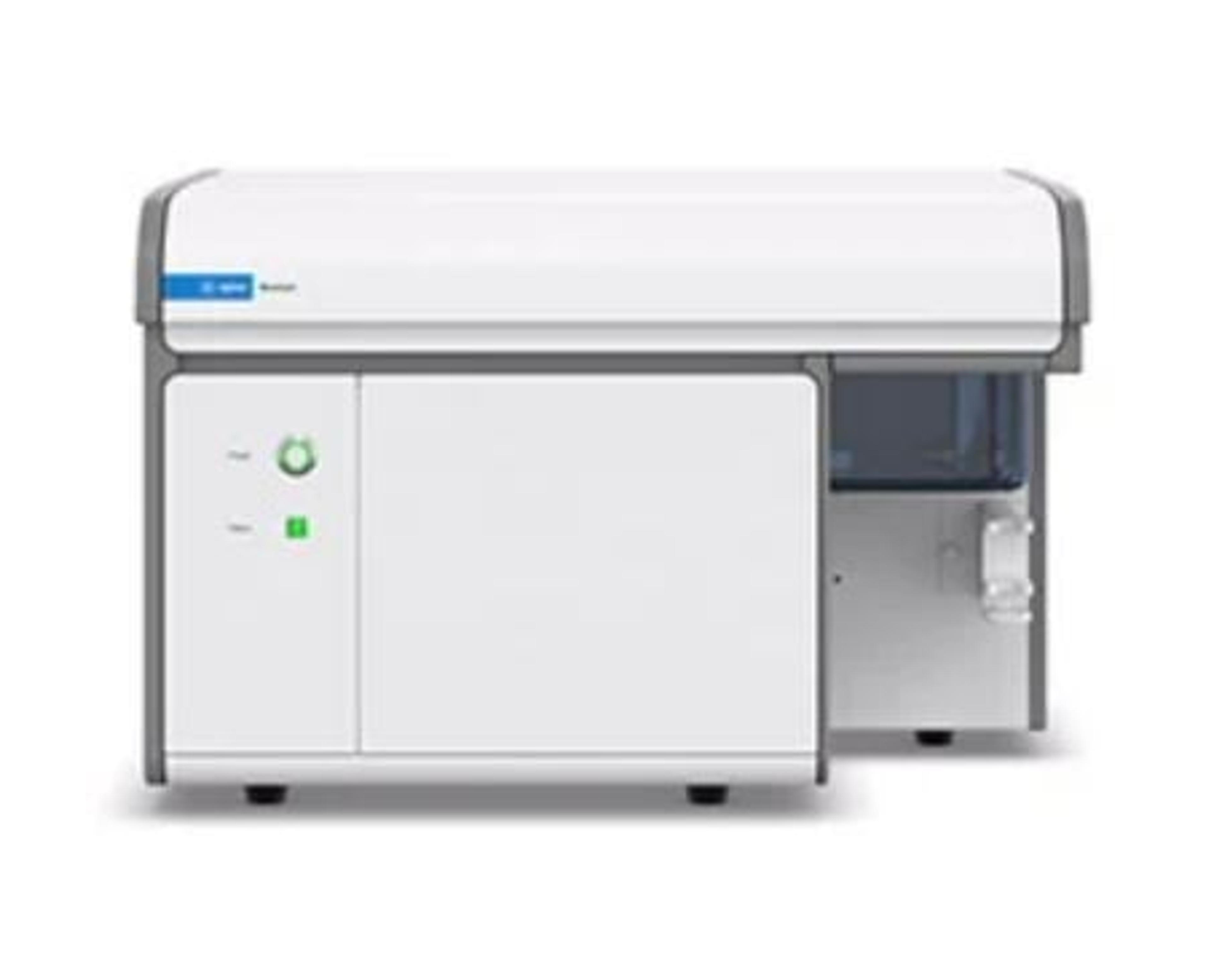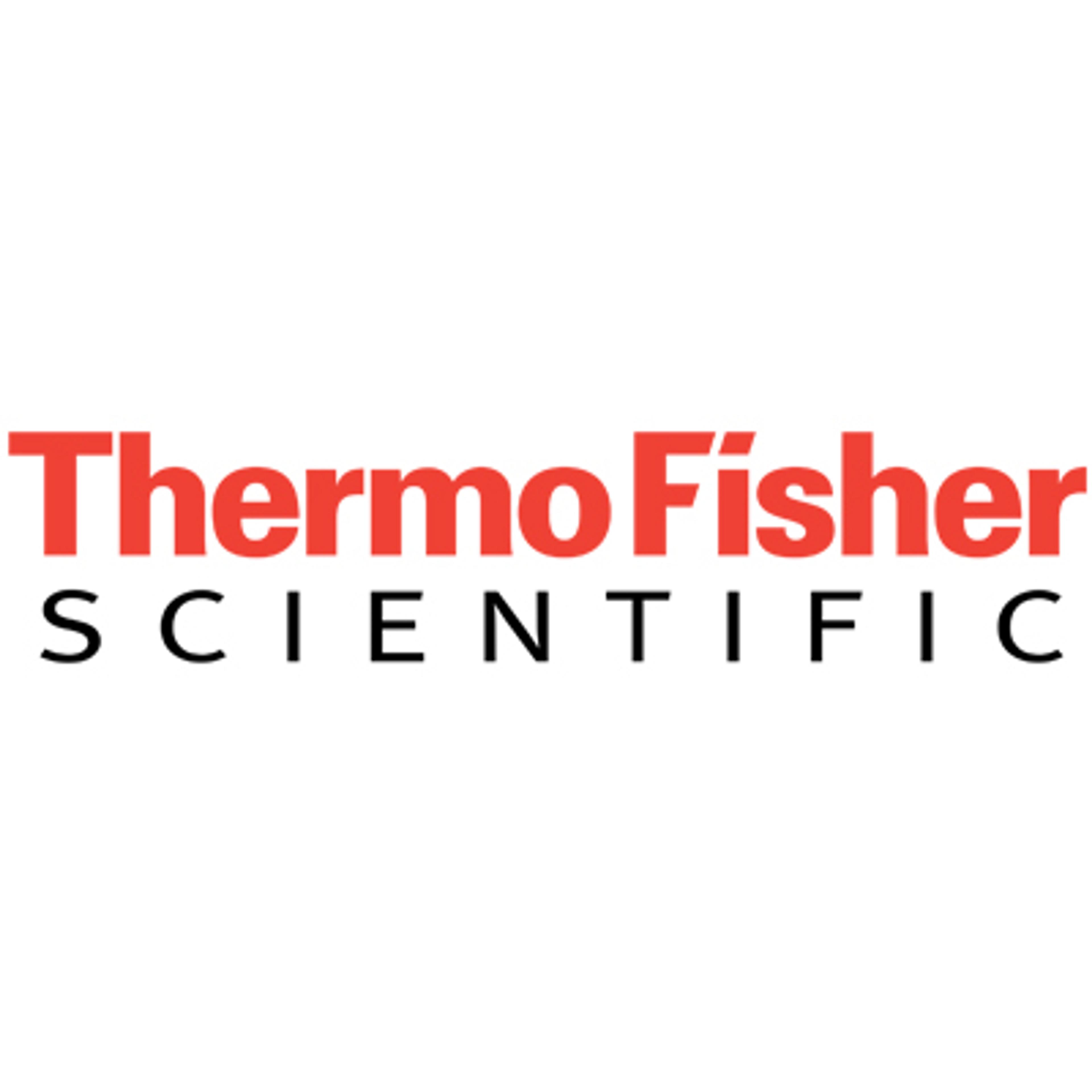Applications of Modern Clinical Flow Cytometry
Current applications of flow cytometry in the clinical laboratory
24 Mar 2016

Flow cytometry measures optical and fluorescence characteristics of individual cells as they flow, in single file, through a stream of liquid
Flow Cytometry Principle Flow cytometry measures optical and fluorescence characteristics of individual cells as they flow, in single file, through a stream of liquid. As each cell flows through the liquid stream, it passes by a laser. The cell’s size, internal complexity, DNA/RNA and protein content can be determined by measuring the light scatter produced.
Flow cytometry, now well established in many hematology and immunology labs, is a technology that has had a substantial impact on the monitoring and diagnosis of disease over the last decade.
Current applications
In hematology, immunophenotyping is used to study proteins expressed by cells, so that they can be accurately identified. Immunophenotyping by flow cytometry is used for the diagnosis of new leukemias, it allows certain acute myeloid leukemias to be distinguished from one another, and it can also be used to detect minimal residual disease.
Flow cytometry can be used to identify platelet abnormalities such as autoimmune thrombocytopenia purpura and those associated with conditions such as Bernard-Soulier disease. Flow cytometry can also aid diagnosis of red cell disorders such as hereditary spherocytosis and paroxysmal nocturnal hemoglobinuria.
Immunological flow cytometry is used for HIV diagnosis as well as viral load monitoring, it is also used in the diagnosis of other immunodeficiences and allergy testing. Flow is also used by blood banks for the identification and quantitation of fetal blood cells in maternal circulation following a feto-maternal haemorrhage. Flow cytometry can also be used to detect red cell bound immunoglobulins and red cell antigens, which is especially useful in patients who have received multiple transfusions. The technology can also be used to assess leukocyte contamination of leukocyte-reduced blood products.
Technology advances

FC 500 Series Flow Cytometer, Beckman Coulter
Flow technology has advanced considerably over the last decade. Bench-top flow cytometers are now equipped with 2 or 3 lasers and are able to analyze multiple samples in a relatively short space of time. Sophisticated hardware and software enables flow cytometrists to spend less time on sample prep and analysis and more time assessing results and providing valuable interpretive reports. You can find the latest technical information on flow cytometry in our download library and product directory.
Available Flow Cytometry downloads from the SelectScience® library:
Multiparametric Flow Cytometric Evaluation of Cytotoxic T Lymphocyte Populations
6-Color Panel for Staining Human Peripheral Blood Lymphocytes
A Novel Imaging Cytometry Method for Immunophenotyping
Looking to purchase a new analyzer? Download our exclusive Flow Cytometers Buying Guide


